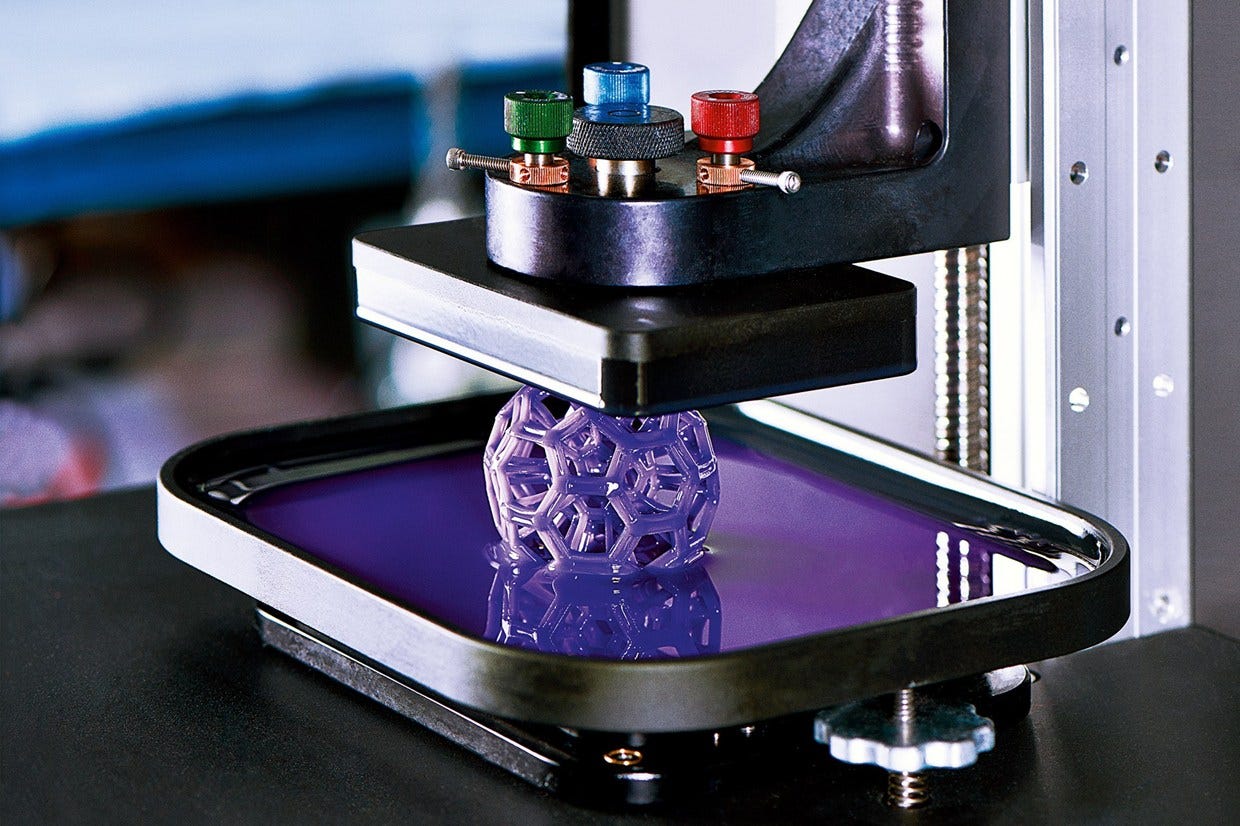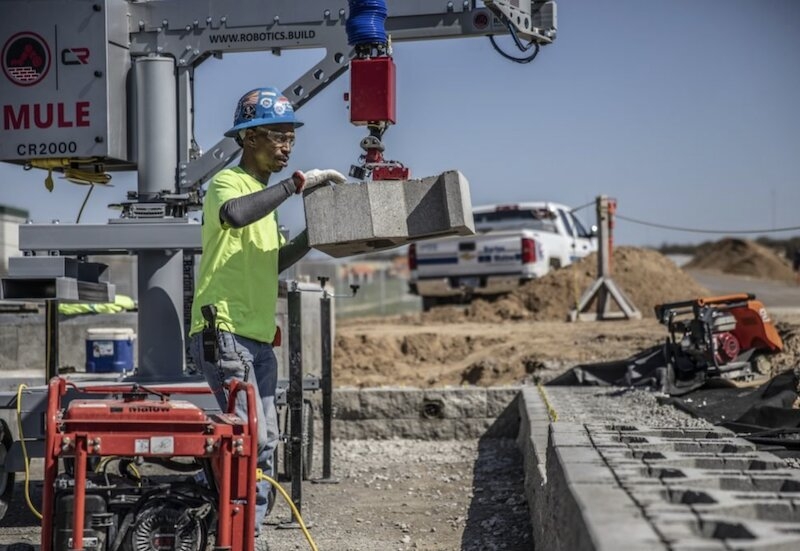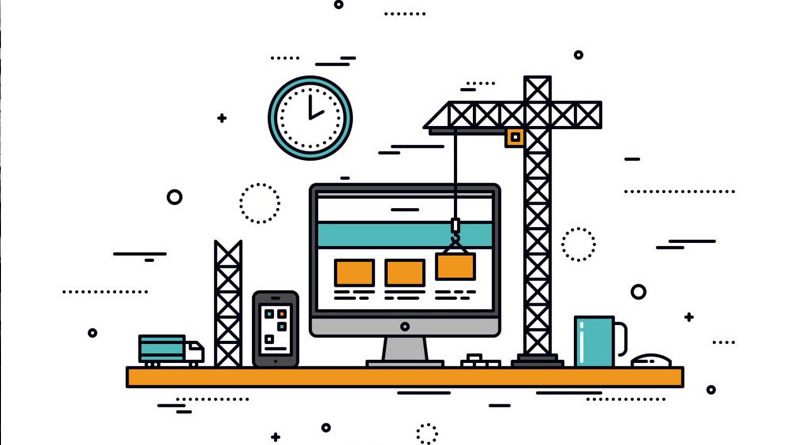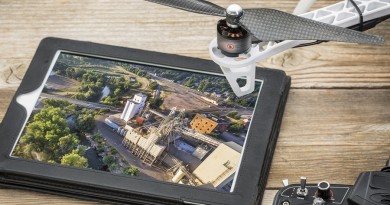Top 10 Trends in Construction Technology 2020
1. Self-healing concrete

Concrete is a fantastic building material, but over time it loses its properties. As aging and drying out, microcracks appear in concrete, and it becomes weaker. Sooner or later, concrete with many cracks begins to crumble and collapse. Researchers at Binghamton and Rutgers Universities in the United States have found that incorporating a particular fungus into the concrete structure during the manufacturing process can significantly extend the life of concrete structures. The study is still in its initial stages, but once concrete may end up with self-healing properties.
2. Airgel isolation

Despite the fact that the gel is traditionally considered a wet substance, the airgel is created by removing all the liquid to the extent that only the silicate structure remains, containing up to 99% of air in its composition. The unusual properties of airgels open the way to a new range of possibilities for their use in construction. One of the main advantages of the material is its exceptional heat-insulating ability, which saves energy and costs by reducing the loss of heated or conditioned air in the premises. First of all, airgel is characterized by ease of use, the possibility of processing and reusable use.
3. Thermochromic roofs

Despite the fact that the material is not something new for construction, thermochromic plates and roofing panels have again attracted the attention of experts due to the market demand for eco-friendly designs. Scientists from the Massachusetts Institute of Technology (MIT) have invented smart roofing material that uses a new approach to managing thermal processes in eco-design. Thermeleon material is a mixture of layers that make it thermochromic, that is, at high temperatures changing color from white to black.
This leads to the fact that when the sun shines, the black tiles on the roof, covered with the composition, turn white, reflecting up to 80% of sunlight and thus maintaining a cool temperature in the building. Result? A 20% reduction in the cost of maintaining a comfortable temperature inside the building in the summer, and this figure is also associated with environmentally friendly ways of supplying electricity.
4. Virtual reality (VR)

Virtual Reality (VR) has finally emerged from the gaming industry into the real world. From the use of 3D-systems for the sale of real estate, and ending with 3D-modeling in virtual reality, used to create architectural projects, there are many advantages of implementing this technology. In addition to increasing efficiency and reducing cost, it allows builders to stand out from the gray mass when selling real estate to buyers, and gain competitive advantages.
One such virtual reality technology widely used in construction is Building Information Modeling (BIM). Using this system not only provides a model, but also offers data management capabilities that allow project teams to keep abreast of all stages of construction, from concept to design documentation and maintenance.
5. Portable technology
While the construction industry developed more slowly during the implementation of the technology, it currently benefits enormously from the use of these devices at work sites. Being relatively new, devices, such as smart vests and helmets, can radically change the industry, increasing productivity, efficiency and productivity. For example, a Daqri smart helmet brings people, data and cars together with a retractable smart screen.
6. 3D printing

Being at the development stage in the main direction, 3D printing was considered a technology with great potential. It uses large printers to create individual components, which are then used to assemble the structure. More recently, San Francisco-based startup Apis Cor, in collaboration with the Russian housing construction company PIC Group, has created a home by printing it in less than 24 hours. The building is the only one built using 3D printing technology, a fully formed house.
7. Masons robots

Robots, which can lay six times more bricks per day than workers, will soon make the construction industry leading. New York-based Construction Robotics created a robot called SAM (Semi-Automated Mason, a “semi-automated mason”) capable of stacking 3,000 bricks per day — much more than many builders laying an average of 500 bricks per day.
The goal of SAM robots is to make work on the construction site more thoughtful, and although the technology can lift bricks, apply mortar and masonry, it must be closely monitored during operation. Workers need to set the robot’s settings, monitor compliance with health and safety standards, provide assistance when laying bricks at an unusual angle, and also clean the device from contamination.
8. Machine learning

The development of machine learning technology is quickly rethinking the whole concept of how work will be done in the near future. These technologies allow construction companies to provide safer and more efficient working conditions, increase the level of automation and reduce equipment downtime. Construction companies seeking to rationalize and promote their activities are increasingly turning to solutions and programs based on artificial intelligence. For example, machine learning technologies are driving a new generation of programs through which companies continuously monitor the operation of their heavy equipment in real time. If any component shows a malfunction or breakdown, the system will warn the operator in advance, increasing production safety within the site.
9. Predictive analytics

Often the difference between a successful company and a company that is on the brink of survival is the ability to manage risks. The introduction of predictive analytics greatly simplifies risk management. The software analyzes information from subcontractors, suppliers of production materials, as well as data from project plans and the facility itself, to examine risk factors and identify any potential dangers to prevent further problems.
10. The Internet of Things

In short, the Internet of things (or IoT) is a network of physical devices equipped with built-in sensors and network connectivity, allowing these objects to integrate and exchange data. The data obtained are summarized and analyzed for informed decision-making. In construction, the Internet of things is used in many areas, such as remote operation and monitoring, replenishment of stocks, accounting of construction tools, and maintenance and repair of equipment. In the future, this may affect the way buildings and infrastructure are built, which will lead to the creation of more rational and oriented cities. In addition, this approach will improve the environment by affecting the quality of life of everyone.
Source: newdecortrends.com







